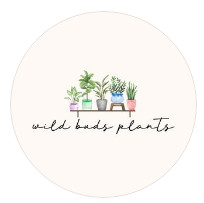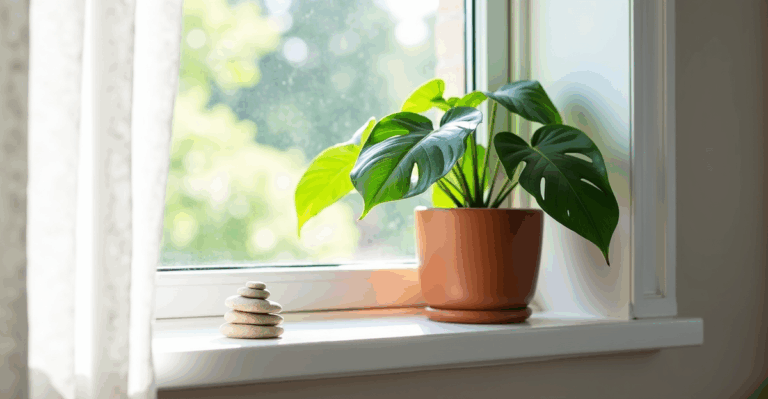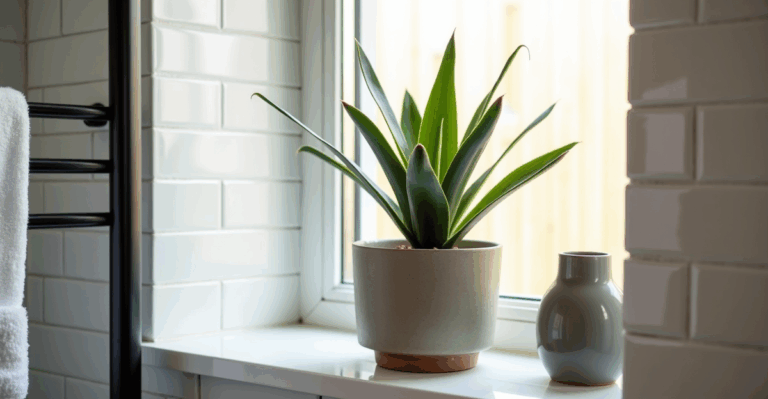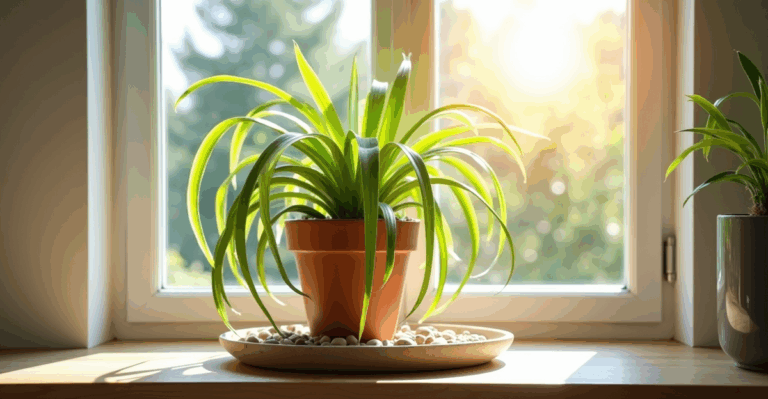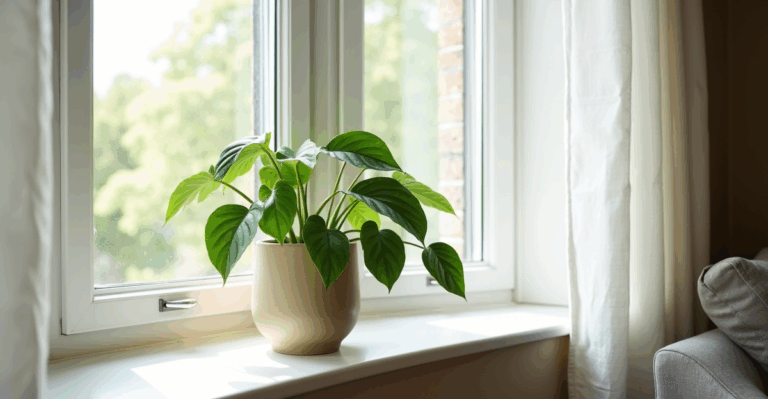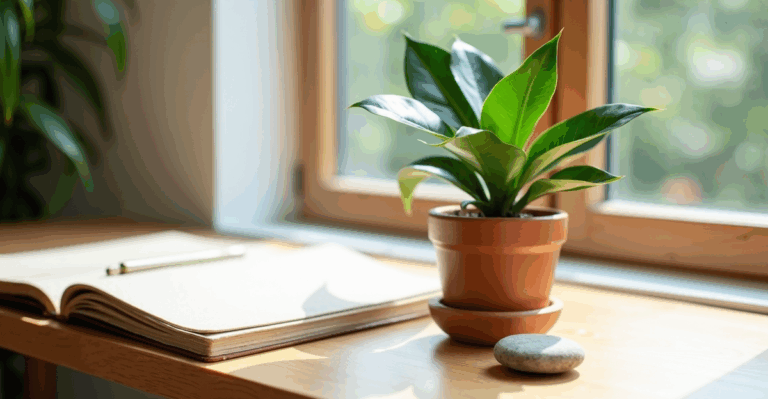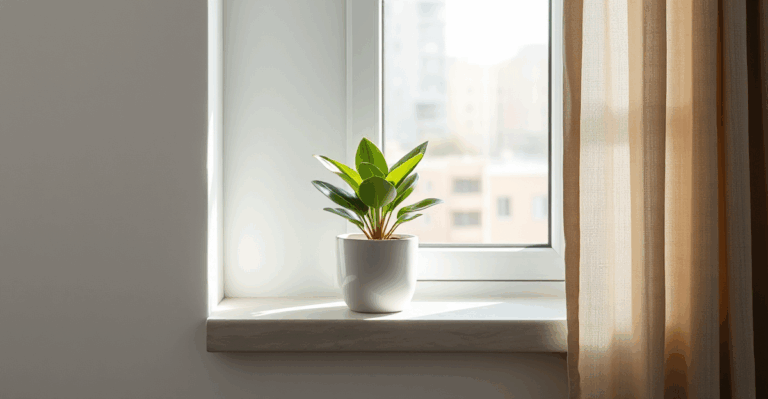How to Style a Dining Table Centerpiece with Philodendron (Without Blocking Your View)
Picture this: You’ve set the table for a cozy dinner, candles flickering, plates arranged just so. But as you pull out your chair, you realize the huge monstera in the center is practically knocking over your wineglass. Sound familiar? We’ve all been there. The classic mistake? Choosing a centerpiece that’s too big, too bold, or just wrong for the scale of your dining space. Forget giant potted plants or heavy ceramic pots dominating the table. The solution is simpler, more elegant, and way more plant-friendly: a Philodendron in a compact, intentional setup. It’s not about the plant being small—it’s about the footprint being tiny, so it enhances the table without stealing the show.
Philodendrons are perfect for this. They’re forgiving, adaptable, and their delicate, often fenestrated leaves add a soft, natural texture that complements everything from rustic wood to sleek modern tables. Plus, they thrive in the typical indoor light of a dining room (often a window nearby, not direct sun). But here’s the thing: how you style them matters just as much as which Philodendron you choose. A poorly chosen pot or placement can make even the prettiest plant feel out of place. Let’s fix that.
Why Philodendron Wins for Dining Tables (And Why Size Matters)
Most people reach for a large, statement plant like a fiddle leaf fig for a centerpiece. It’s a natural instinct—big plants feel impressive. But in a dining space, especially a small or narrow table, that’s a recipe for clutter. Philodendrons (especially Philodendron hederaceum or P. cordatum ‘Birkin’) don’t need to be huge. Their natural trailing habit means a small pot (4–6 inches wide) holds a plant with beautiful, cascading vines that fill the space without taking it over. They’re low-maintenance enough that you won’t stress over watering, yet they add that vital touch of life.
What most people miss: They assume all plants need a big pot to look good. But Philodendrons actually prefer slightly snug pots—they’ll send down aerial roots into the soil to anchor themselves, creating a fuller look faster. A pot that’s too big holds excess moisture, which can lead to root rot. A small pot? Perfect. It keeps the root ball healthy while letting the plant’s natural shape shine.
Light Realities: No Direct Sun, Just Bright Indirect
Your dining table might sit next to a window, but that’s not an invitation for full sun. Most dining rooms get bright indirect light (think: 6–8 feet from a south-facing window, or right next to an east-facing window). That’s ideal for Philodendrons—they love it, but direct afternoon sun through a window will scorch their leaves. If your table is near a south window, angle the plant toward the window but not in the direct line. If it’s a north-facing room, don’t panic! Philodendrons tolerate lower light better than most plants, though they’ll grow slower and stay more compact.
The seasonal shift: In winter, when light is dimmer, reduce watering frequency. Let the top 2–3 inches of soil dry out completely before adding more water. In spring/summer, they’ll crave more water (but still never soggy). If your dining room has dry air (common with heating), mist the leaves once a week or place a shallow tray of pebbles under the pot—never directly on the roots—to boost humidity without overwatering.
Potting Mix & Drainage: Don’t Let the Pot Be the Problem
A Philodendron in a pot with no drainage? That’s a setup for root rot. Even a small pot needs drainage holes. Terracotta dries out faster (good for low-light spaces), while glazed ceramic holds moisture longer (better for brighter spots). For a dining table, we recommend a small, modern pot with a drainage hole—not a decorative cachepot without a liner. Here’s why:
– Drainage hole + small pot = less water to worry about.
– Never leave the plant sitting in a saucer—it’s a common mistake. If you use a decorative pot, set the plant in a tiny saucer under the pot, not in it. Empty the saucer after watering.
– Avoid self-watering pots for dining tables—they often hold too much water and can lead to overwatering. Philodendrons like to dry out between waterings.
Mini-case: My dining nook has a west-facing window (bright, warm light). I use a 5-inch pot with a mix of 70% potting soil + 30% perlite (not pumice—they’re more expensive and not necessary here). The top 2 inches dry out in 7–10 days in summer, 10–14 in winter. I water just enough to moisten the soil, then let it drain. No saucers, no worries. It’s been thriving for two years.
Styling Smarts: Small Pot, Big Impact
This is where most dining table centerpieces fail: they’re either too big or too generic. Think beyond a plain pot on a table. A Philodendron works beautifully when styled intentionally:
– Height: A pot that’s 3–4 inches tall (not 8 inches) won’t block the view across the table.
– Shape: Choose a tapered or rounded pot (not a wide, flat dish) to fit naturally.
– Grouping: For a table with 6+ seats, place one small Philodendron at the center and one at each end (not in the middle). It creates rhythm without overwhelming.
– Complementary elements: Add a single, low-slung ceramic dish or a small, smooth stone beside the pot. Avoid heavy branches or large flowers—they compete with the plant’s delicate feel.
Edge case: If your table is very narrow (less than 30 inches wide), skip multiple plants. One Philodendron in a 4-inch pot with a clean, simple pot is enough. Too many plants will make it feel cramped.
Why 3D-Printed Planters Are the Secret Weapon (For This Exact Use Case)
This is the moment to get practical. Most standard small pots are either too big (like the 6-inch pots sold for succulents) or too flimsy (like plastic nursery pots). They don’t fit the scale of a dining table centerpiece. That’s where 3D-printed planters shine. Why?
- Precise size: They’re designed specifically for small plants like Philodendrons—neither too big nor too small. A 4-inch pot with a subtle, modern shape fits perfectly on a dinner plate or small tray.
- Weight: They’re lightweight (no heavy ceramic that risks slipping), yet sturdy enough to hold the plant securely.
- Functional design: They have subtle drainage channels (not just holes) that prevent water from pooling, and a smooth finish that matches any table style.
- No waste: Unlike generic pots, they’re made for this purpose—no extra bulk, just clean lines.
Trade-off to know: 3D-printed planters (like ours) are great for display but not for repotting. If you need to repot, use a standard pot with drainage, then slip it into the 3D-printed planter for display. It’s a two-step process that solves the “big pot vs. small table” problem perfectly.
The Bottom Line: Keep It Simple, Let It Grow
A Philodendron centerpiece isn’t about complicated care—it’s about intention. Choosing the right plant (small, trailing), the right pot (small, drained), and placing it where light is right (bright indirect, not direct sun) is all it takes. It’s not about making a statement; it’s about creating a subtle, living detail that makes your table feel warm and inviting. You’ll never have to move the plant to get a glass of water, and it’s so easy to care for that you’ll forget it’s a plant at all.
We’ve tested this setup in our own home. It’s the centerpiece we keep on rotation for dinners with friends—no drama, just a quiet, healthy plant that complements the meal, not distracts from it. And it’s the exact solution we built our 3D-printed planters for: small, functional, and designed to fit into the space you love.
When you’re ready to grow your setup, explore our 3D-printed planters.
